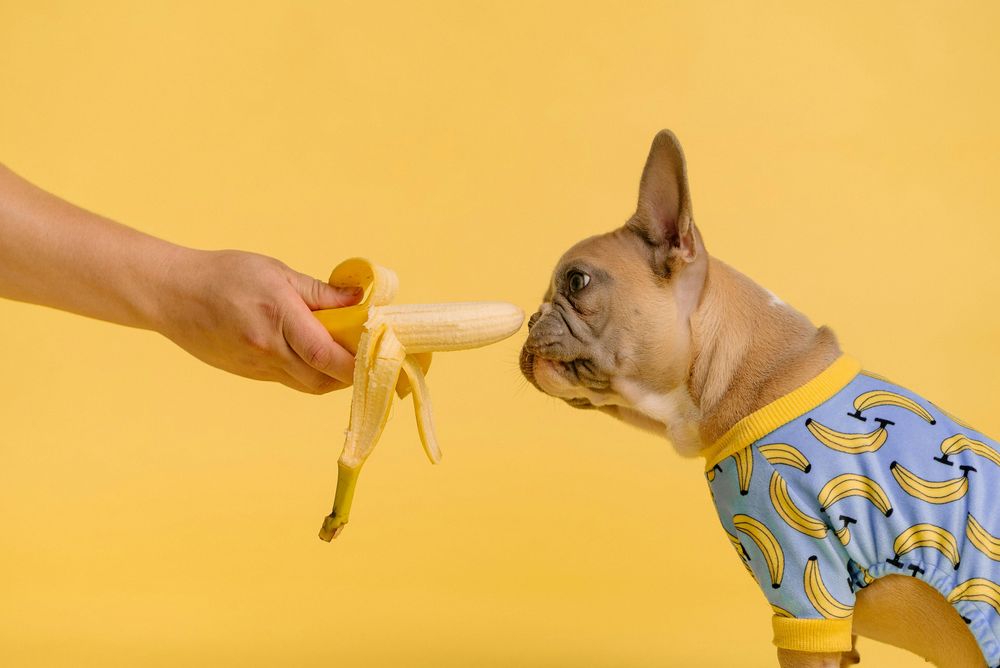
Can Dogs Eat Human Food? My Surprising Discovery and What I Learned
When I first got a dog, I carried with me the same mindset that many dog owners grow up with: dogs eat dog food—period. For me, that meant strictly kibble, dog treats, and occasionally a raw bone. I thought feeding dogs anything from our plates was off-limits and maybe even harmful. After all, that’s what I’d seen growing up with older dogs.
But as I spent more time with my new pup and started learning, I quickly realized that this hard line between “dog food” and “human food” isn’t really based on much objective difference. The nutrients dogs need are quite similar to what we eat, and many everyday human foods are actually not just safe but healthy for them. What really sets dog food apart is the quality and type of ingredients—it tends to be made with lower-grade materials not meant for human consumption.
Why I Thought Dogs Couldn't Eat Human Food
My early belief was common: dog kibble is formulated specifically for their dietary needs, and human food is different, maybe too rich or harmful. I figured human food must be loaded with spices, salt, and ingredients that could upset a dog’s stomach, or worse. Also, I didn’t grow up seeing dogs eating from our plates, so it felt unnatural.
But this black-and-white thinking faded as I dove into what vets and pet nutritionists actually say. It turns out, dogs can eat many of the same things we do—as long as those foods are safe for them and given properly.
The Big Difference Is Ingredient Quality
One major difference I learned is that most dog kibble and treats are made using ingredients that wouldn’t pass as human-grade food—things like parts of animals not typically used for human consumption, along with fillers and preservatives to keep the kibble shelf stable. These ingredients work fine nutritionally for dogs but would be unappetizing (and often unsafe) for humans to eat regularly.
On the other hand, many human foods—like plain cooked meats, certain vegetables, some fruits in small amounts—are great as occasional dog treats or meal boosters. They often have fresher, higher-quality ingredients without all the artificial additives.
How to Feed Human Food to Dogs the Right Way
Feeding dogs human food requires a bit of mindfulness. Here are some tips I’ve found helpful:
- Don’t feed at the dinner table. It’s tempting to toss scraps or small bites during mealtime, but this can encourage begging and lead to an unhealthy habit of “counter surfing.”
- Avoid toxic foods. Onions, garlic, chocolate, grapes, and anything with artificial sweeteners like xylitol are dangerous and must never be shared.
- Keep it simple and plain. No spices, salt, sauces, or seasonings. Dogs’ digestive systems are different, and rich foods can cause upset.
- Moderation is key. Human food should supplement, not replace, balanced dog food. Too much rich food can cause weight gain or digestive issues.
- Introduce new foods slowly. Like with any diet change, start small and watch for any reactions or sensitivities.
What I Started Doing Differently
Now, I often add plain cooked chicken or steamed veggies like carrots or green beans to my dog’s meals. Occasionally, a little scrambled egg or a small piece of fruit like apple (without seeds) becomes a treat. It’s made me realize my dog enjoys a bit of variety, and I feel good about sharing these simple, honest foods without worry.
Feeding this way has also helped me feel more connected to my dog’s experience around food—not just accepting kibble as the only option but seeing food as a shared joy that can be both healthy and meaningful.
Finding the Right Balance
So, is it okay to feed dogs human food? Absolutely—as long as it’s done thoughtfully. The biggest difference between dog food and human food isn’t the nutrients themselves but the ingredient quality and how the food is prepared. Dog food provides a reliable nutritional foundation, but human food can add real value when shared in the right way.
Avoid feeding dogs directly at the table to maintain good habits, and always ensure the foods you give are safe and plain. By blending the convenience and balance of kibble with the freshness and quality of select human foods, you can create a happy, healthy mealtime for your dog that feels natural and nurturing.